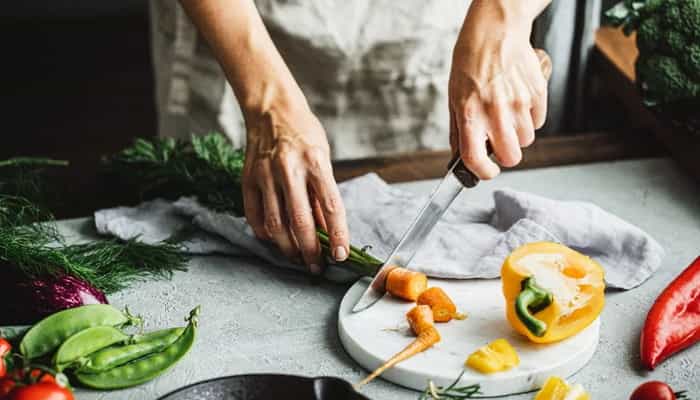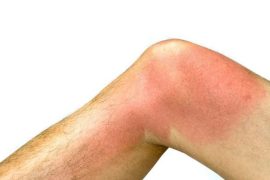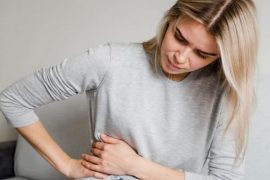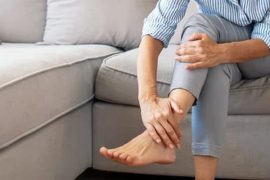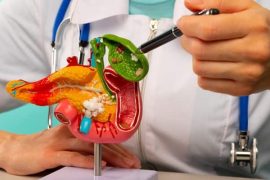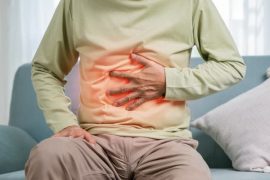The pancreas is an organ that plays a key role in digestive processes in the digestive tract. It produces enzymes released into the digestive tract that are involved in the digestion of proteins, carbohydrates, and fats. To prevent digestive processes in the pancreas itself, these enzymes are secreted in the form of inactive precursors, so-called proenzymes, which are converted into active forms only in the digestive tract.
Pancreatic diet – why is diet important for pancreatic diseases?
In connection with the functions of the pancreas described above, diet is one of the most significant therapeutic factors for diseases of this organ. In acute pancreatitis, the appropriate menu is designed to relieve the diseased organ and calm its functional functions. For chronic pancreatitis, the goal of diet is to relieve pain and prevent weight loss and nutritional deficiencies. In this case, treatment should be continued throughout the patient’s life.
What can and cannot be eaten during acute pancreatitis?
The cause of acute pancreatitis is the sudden activation of pancreatic proenzymes to their active forms (enzymes) in the pancreas, i.e., before they are secreted into the digestive tract. This causes them to start working inside the cells of the organ, which in turn causes the organ to self-digest. It manifests itself as acute pain in the abdominal cavity, often radiating to the back, and is accompanied by symptoms such as nausea, vomiting, flatulence, and in severe cases – intestinal obstruction, respiratory and circulatory disorders, renal failure and others. Regardless of the course of the disease (mild or severe), the patient should be hospitalized as soon as possible. In addition to hospital treatment, an important factor influencing the course of the disease and prognosis is diet.
Nutrition for acute pancreatitis can be divided into three stages. The first stage begins in the hospital and lasts about a month. First, the diet is designed to calm the pancreas as much as possible, so in the first days no food or liquid is administered orally. The patient receives the required amount of fluid intravenously.
In mild cases of the disease, oral nutrition is usually started on the third and fourth days, and in severe cases, the oral diet is introduced later, and from the third day of the disease. Enteral nutrition. At the first stage of oral nutrition, an easily digestible, fat-restricted diet is used, in which dietary fiber, flatulence-causing foods, and fat are especially limited. The total amount of fat (added and contained in foods) should not exceed 40 g. It is extremely important that the patient eats 4-5 small portions at a certain time to facilitate the secretory functions of the diseased organ. Products allowed in the diet for pancreas:
- light and stale bread (without grains), small cereals, small pasta, rice,
- skim milk and dairy products,
- lean fish and meat, poultry, veal and beef,
- small amounts of fat: butter, soybean oil, sunflower oil, olive oil,
- honey, jam,
- potatoes, vegetables, and fruits (it is best to peel them to reduce the amount of fiber) boiled or puréed.
The cooking technology should exclude frying, stewing with pre-frying and baking in fat. Dishes are best cooked in water, steamed and baked. If you are stewing, you should refrain from pre-frying.
At the first stage, the following products should not be consumed:
- high in dietary fiber: wholemeal bread, wholemeal cereals, whole grain pasta,
- with high fat content: full-fat milk and fatty dairy products, fatty meat and fish, smoked meats, cream, lard, margarine, nuts, chocolate, halva, fatty cakes, creams, puff pastry,
- vegetables and fruits that are bloated or difficult to digest: cabbage, onions, peppers, radishes, legumes, plums, pears.
The second stage of the diet after acute pancreatitis also lasts a month and is based on the same principles as the first, but the amount of fat increases to 50 g per day. If the patient feels better and is not accompanied by gastrointestinal symptoms such as flatulence, bloating, he can proceed to the third stage, in which he switches to a complete diet, gradually increasing the amount of fat to 60–80 g per day.


